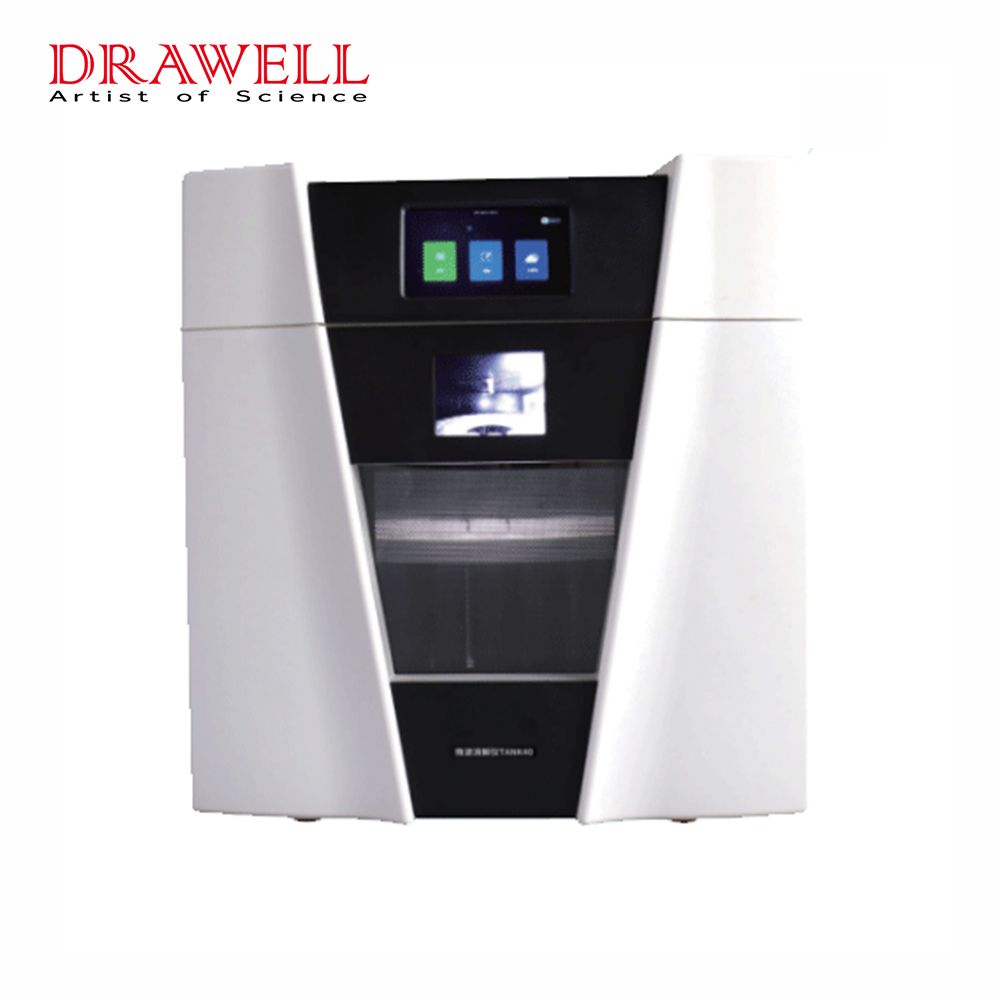Accurate and dependable results in analytical chemistry are strongly based on good sample preparation. Whether it’s environmental analysis, food testing, pharmaceutical research, or any other discipline needing trace element assessment, the sample preparation process establishes the accuracy and reproducibility of subsequent tests. With significant technological improvement, the microwave digestion system has revolutionized the field of sample processing.
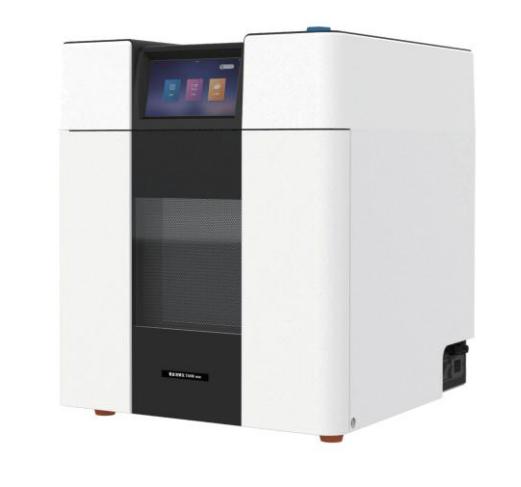
Why the Microwave Digestion System is Important for Proper Sample Preparation?
Consider the following scenario: Scientists are entrusted with testing environmental samples for trace metals, food goods for contamination, or biological specimens for important elements. These samples are frequently complex matrices that must be meticulously broken down before analysis. Traditional sample preparation methods, while functional, are frequently time-consuming, labor-intensive, and prone to mistakes or inconsistencies. Inaccurate sample preparation could taint subsequent analyses, rendering them unreliable and potentially leading to skewed conclusions.
Enter the microwave digestion system, a technical marvel that has changed the landscape of sample preparation. This device, at its core, uses microwave radiation to substantially accelerate the sample digesting process. The key is the controlled heating created by microwaves, which successfully breaks down complicated matrices into more manageable forms while maintaining the integrity of the target analytes. The end result? A significant reduction in digestion times, an unprecedented level of precision, and a paradigm shift in analytical chemistry.
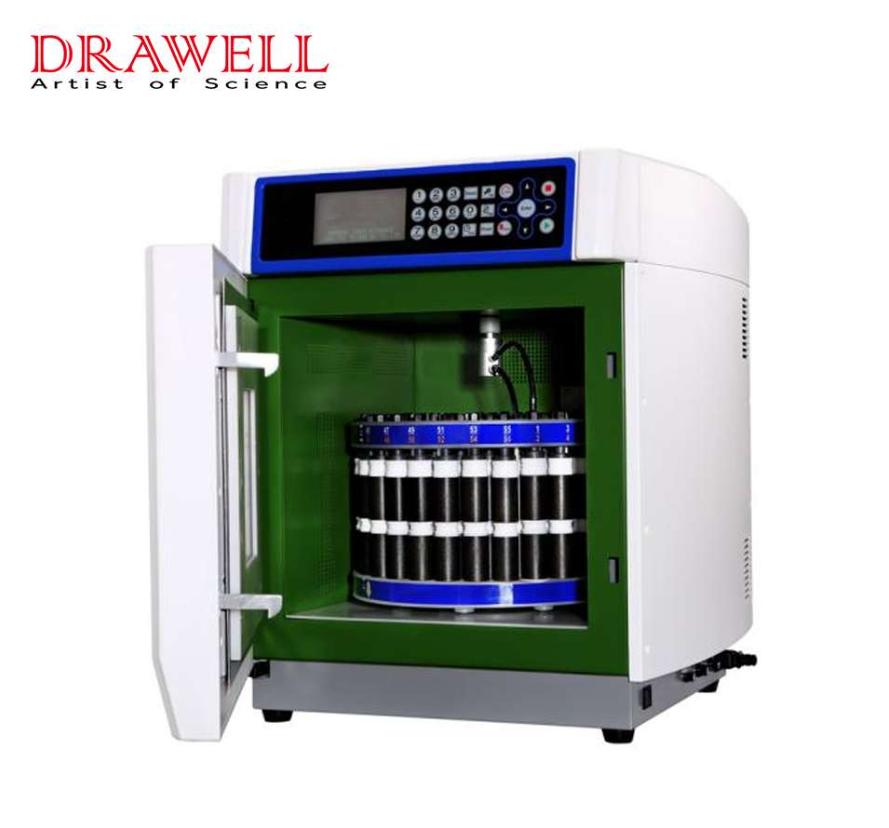
The implications of microwave digestion systems stretch across diverse industries
Environmental Monitoring
Analyzing soil, water, and air samples for trace elements is critical in environmental studies. Microwave digestion systems provide for quick and precise analysis, which aids in pollution monitoring and regulatory compliance.
Food Safety Assurance
To ensure the safety of food products, thorough testing for pollutants is required. Microwave digestion systems enable speedy and exact food analysis, protecting consumer health and industrial integrity.
Pharmaceutical Quality Control
Quality control is critical in the pharmaceutical industry. Microwave digestion devices simplify pharmaceutical product examination, ensuring correct constituent composition and conformance to regulatory criteria.
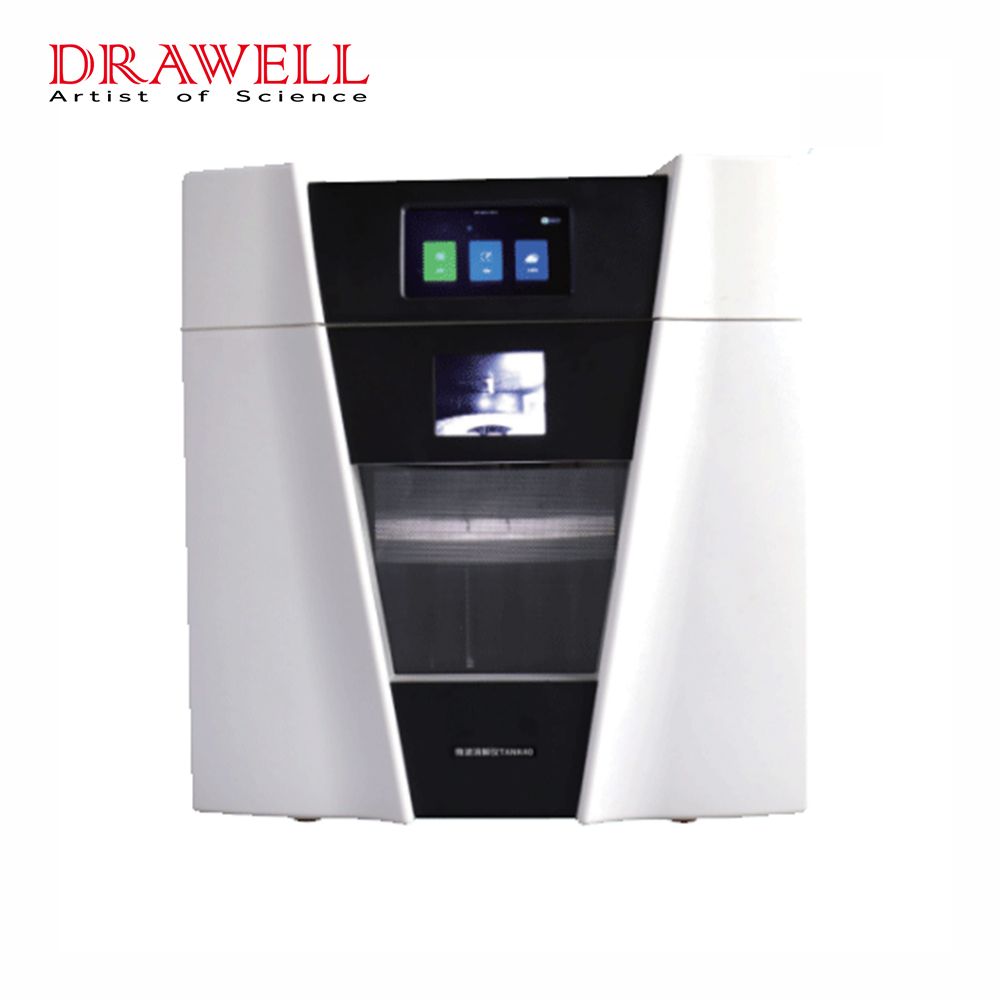
What are the Key Advantages of the Microwave Digestion System
Incorporating microwave digestion systems into analytical workflows presents a paradigm shift in sample preparation.
1. Accelerated Digestion Times: The Speed Advantage
One of the most noticeable benefits of microwave digestion systems is their ability to significantly shorten digesting durations. What might take hours or even days using traditional methods can be accomplished in a matter of minutes with microwave systems. This acceleration translates to increased laboratory throughput, enabling researchers to process larger volumes of samples in a shorter timeframe. This is particularly valuable in environments where time is of the essence, such as routine quality control, environmental monitoring, or urgent research endeavors.
2. Consistency and Reproducibility: The Reliability Factor
Consistent and reproducible results are essential in analytical chemistry. Microwave digestion systems excel in this area because they provide consistent and controlled heating throughout the digesting process. This uniformity means that each sample is subjected to the same conditions, reducing variability and improving findings accuracy. The reliability factor is used to both inter-laboratory and intra-laboratory comparisons, lowering the likelihood of outliers and boosting overall trust in the analytical findings.
3. Enhanced Laboratory Safety: The Safety Net
Traditional digestion procedures frequently include the use of open flames, extended heating, and the emission of toxic gases. Microwave digesting systems, on the other hand, function within closed containers, reducing the danger of toxic material exposure. This not only improves laboratory safety by keeping harmful fumes from escaping, but it also reduces the risk of accidents caused by open fires. The closed design also contributes to a more controlled and contained laboratory environment.
4. Minimized Contamination Risk: The Purity Assured
Contamination is a constant worry in analytical chemistry, especially when working with trace elements. Microwave digestion systems provide an enclosed environment, lowering the danger of contamination from outside sources. This ensures that the integrity of the sample is preserved throughout the digestion process, preserving the accuracy of the results. The reduced danger of contamination is especially important when working with samples with low analyte concentrations.
5. Versatility Across Sample Types: The All-Purpose Solution
The microwave digestion system is extremely versatile, able to handle a wide range of sample types with varied matrices. These systems can digest a wide range of materials, from soils and sediments to biological tissues and polymers. Because of its versatility, microwave digestion has become a vital tool in a variety of fields, including environmental monitoring, food safety, geology, and materials science.
6. Resource Efficiency: The Green Advantage
The rapid digestion times offered by microwave systems assist to resource efficiency. When compared to traditional procedures, which require lengthy heating periods, these systems consume less energy and reagents. Microwave digestion is an environmentally favorable solution due to its lower resource use, which corresponds with the ideals of sustainable laboratory practices.
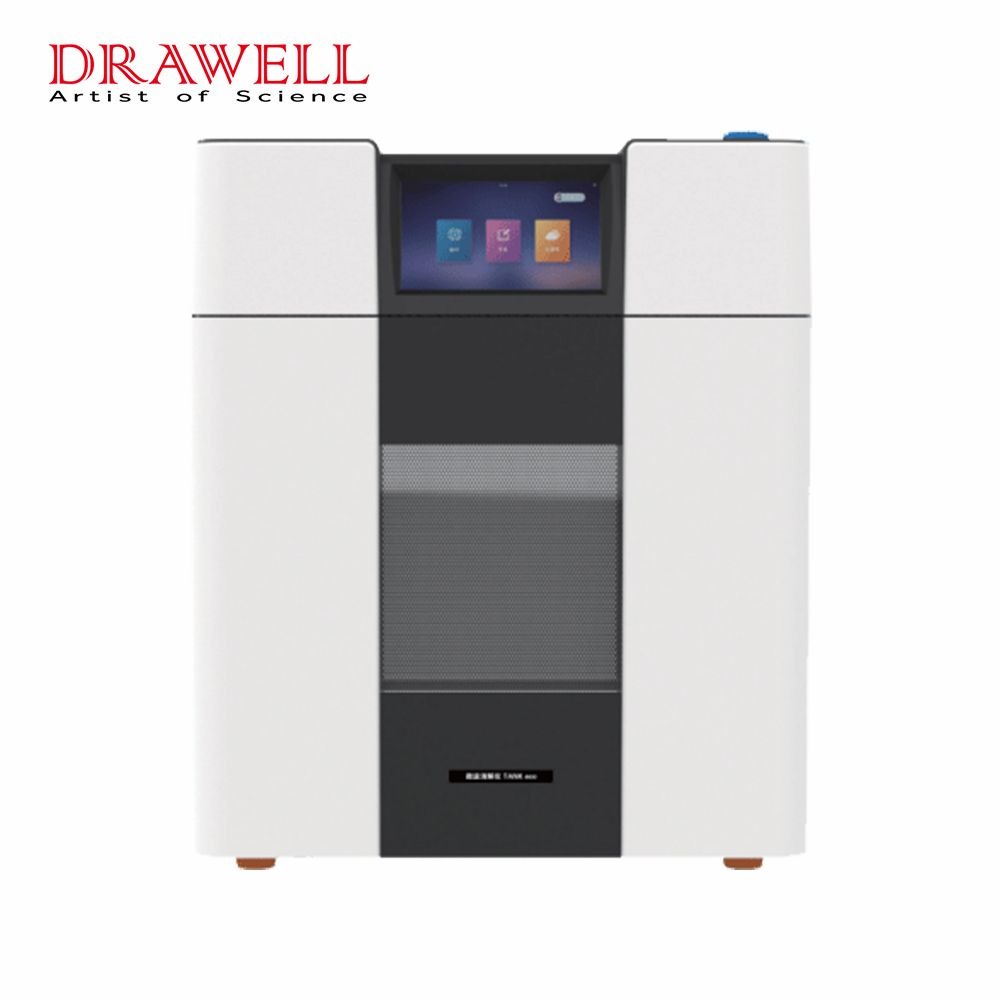
Challenges and Future Trends of the Microwave Digestion System
While microwave digestion systems have revolutionized sample preparation in analytical chemistry, they face hurdles and carry the prospect of future developments, just like any technical invention.
Challenges: Overcoming Hurdles for Optimized Performance
Sample Matrix Variability
Different sample matrices may respond differently to microwave digestion. It can be difficult to achieve homogeneous digestion across a wide range of materials. To address this, digestion conditions for each sample type must be optimized, which includes elements such as acid composition, temperature, and pressure.
Method Development and Validation
As microwave digestion technology advances, the creation and validation of digestion procedures will become increasingly important. Extensive experimental design and validation procedures are required to ensure that methods are accurate, reproducible, and in conformity with regulatory standards.
Interference and Matrix Effects
Certain sample matrices may contain components that obstruct digestion or later analysis. Understanding and limiting interference effects is critical for attaining consistent results.
Instrument Cost and Maintenance
Acquiring and maintaining microwave digestion systems can incur significant costs. It is critical to ensure regular maintenance and calibrations to ensure consistent and accurate performance throughout time.
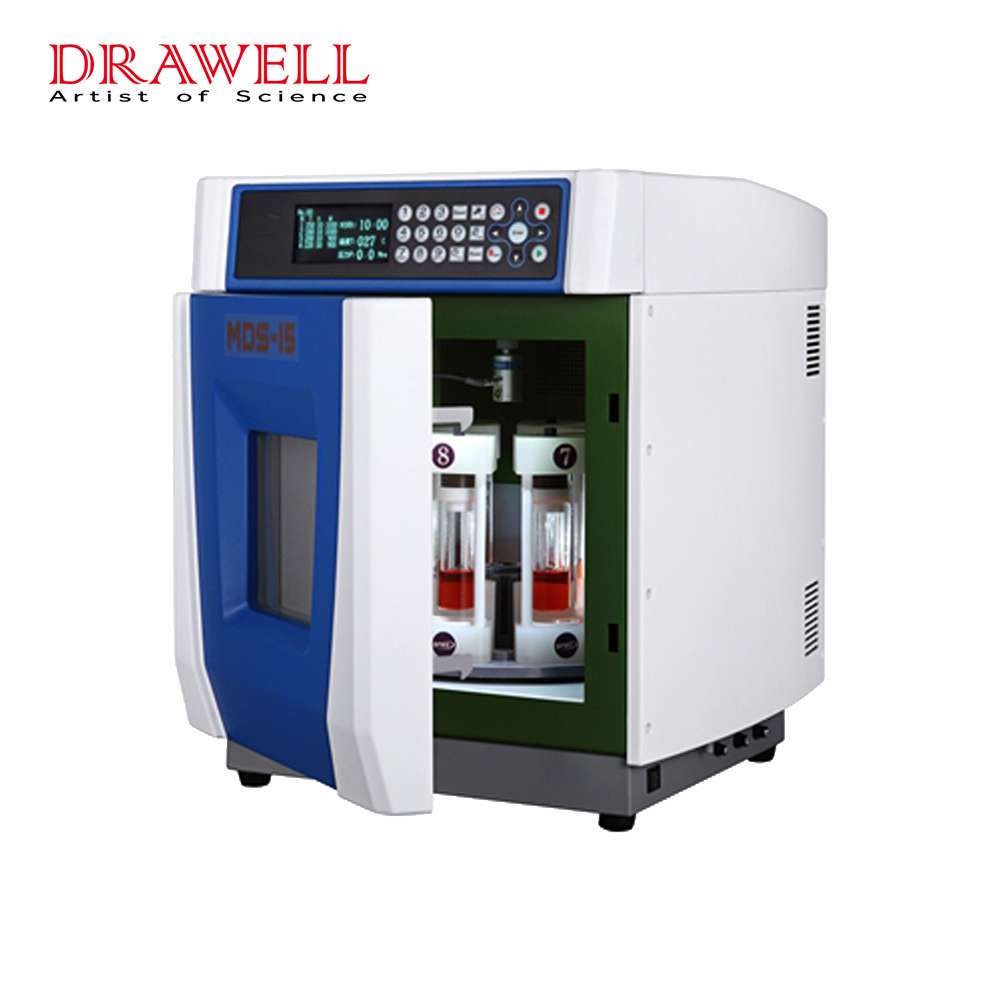
Future Trends: Paving the Way for Innovation
Automation and Integration
Automation elements integrated into microwave digesting systems have enormous promise. Automated sample loading, method execution, and data management could improve laboratory procedures by reducing user intervention and increasing reproducibility.
Smart Digestion Protocols
Developing digestion protocols that adapt based on real-time feedback could optimize digestion conditions for different sample types. Sensor integration could enable the system to monitor parameters like pressure and temperature and adjust settings accordingly.
Enhanced Safety Features
Because safety is still a top priority, future microwave digesting systems may have better safety measures such as improved ventilation systems, remote monitoring, and emergency shut-off mechanisms.
Eco-Friendly Design
Given the global emphasis on sustainability, future microwave digestion systems could be developed to maximize energy efficiency and minimize reagent consumption. This is consistent with the demand towards greener laboratory methods.
Advanced Data Management
Integrating the microwave digestion system with laboratory information management systems (LIMS) could make data gathering, processing, and reporting more efficient. This integration would improve traceability, data integrity, and regulatory compliance.
Miniaturization and Portability
Microwave digestion systems that are downsized or portable could democratize access to this technology, making it more accessible to smaller laboratories or field applications.
Multi-Modal Digestion
Future systems could conduct many digestion processes within a single instrument, catering to a greater range of applications and sample types.
Conclusion
The microwave digestion system has evolved as a game-changing device that addresses sample preparation difficulties. These technologies enable laboratories to acquire correct results while optimizing workflows by drastically lowering digestion times, improving reproducibility, and maintaining safety. Microwave digestion systems are positioned to remain a vital weapon in the armory of analytical chemists as technology advances, driving discoveries and assuring the trustworthiness of scientific data across numerous industries.

